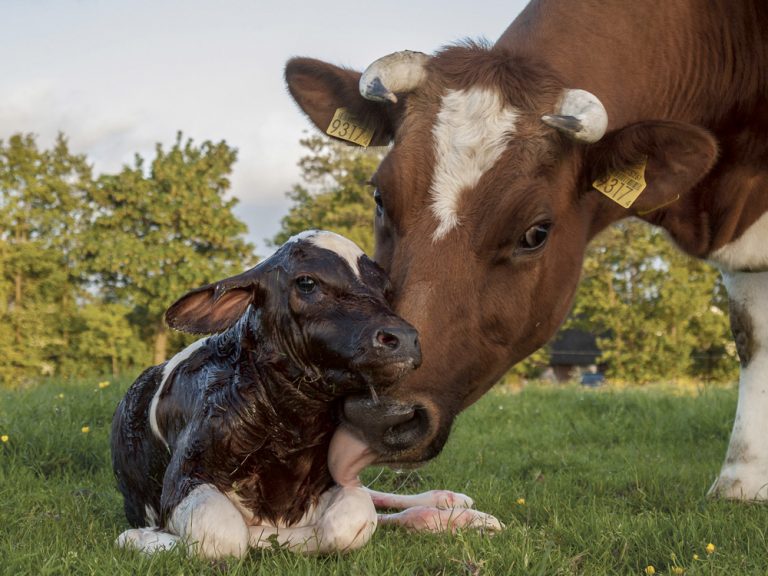
Tanner Walker
New research in Australia has shown that feeding cattle seaweed nearly eliminates methane from their burps, reducing the emissions of a major greenhouse gas.
Methane is a chemical compound formed of four carbon atoms and a single hydrogen atom. In its gaseous state, methane has roughly 30 times the amount of heat trapping ability that CO2 does.
Unfortunately, methane is often left out of the discussion about greenhouse gases, while the majority of attention is focused on carbon dioxide. CO2 production is much higher than that of methane, but sources are more varied and complex to deal with.
On the other hand, sources of methane are much easier to pinpoint. According to the Environmental Protection Agency, agriculture is the leading source of human produced methane, mainly from the belches and flatulence of cattle.
Methane is produced as a byproduct of microorganisms living inside the cattles’ stomach and is then belched out into the atmosphere. On average, a single dairy cow burps between 70 and 120 kilograms of methane annually.
Until now, methods to reduce the amount of methane cows release have included everything from selectively breeding cattle that burp less to vaccines changing the type of microbes in their stomach and even putting methane capturing backpacks on cows.
While those solutions show promise, they haven’t proven effective nor scalable enough to use on an industrial level. Researchers in Australia, however, may have found a fix.
If you’ve ever had a traditionally prepared poke meal, chances are you’ve eaten Asparagopsis taxiformis, or limu kohu, as it’s known in Hawaii. The red algae is most commonly eaten in Hawaiian dishes, as it grows well in tropical and subtropical waters.
When eaten by humans, its strong taste pairs well with seafood dishes. When eaten by cows, it reduces methane emissions by over 99 percent. Even more promising, A. taxiformis only needs to be eaten in very small quantities, about 2 percent of the cow’s total diet, to be effective.
Mixing seaweed into commercially farmed cattle diets has many benefits, most obviously the reduction in methane the cows discharge. However, it also has the potential to develop an entire industry.
A taxiformis seaweed is already farmed commercially for human consumption, so the practices and infrastructure are in place. Supplying commercial livestock ranchers would be challenging, but it would also mean create jobs for building and maintaining equipment, tending crops, transporting the product, and a host of surrounding industries.
In general, algae are one of the highest net primary producers in the ocean, meaning they produce much more energy than they take in. Algae also multiply rapidly and don’t require large areas to grow. High density, high output aquaculture farms could theoretically supply the major dairy farms.
Feeding cattle seaweed seems like an achievable solution to a major problem. However, it is not without fault.
Studies determining the effect that A. taxiformis has on the quality of milk and meat are still necessary, as are long term studies on its impact on the cows’ health.
The living conditions of commercial farmed animals is already a touchy subject, and adding a completely foreign food to their diet raises another ethical dilemma.
Some also argue that this is merely a bandaid fix for a much larger problem. Eliminating methane from cows does not completely erase their impact on the environment. Producing one pound of beef produces over 15 pounds of CO2 and requires over 600 gallons of fresh water.










